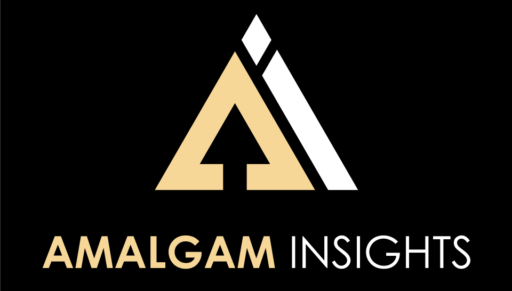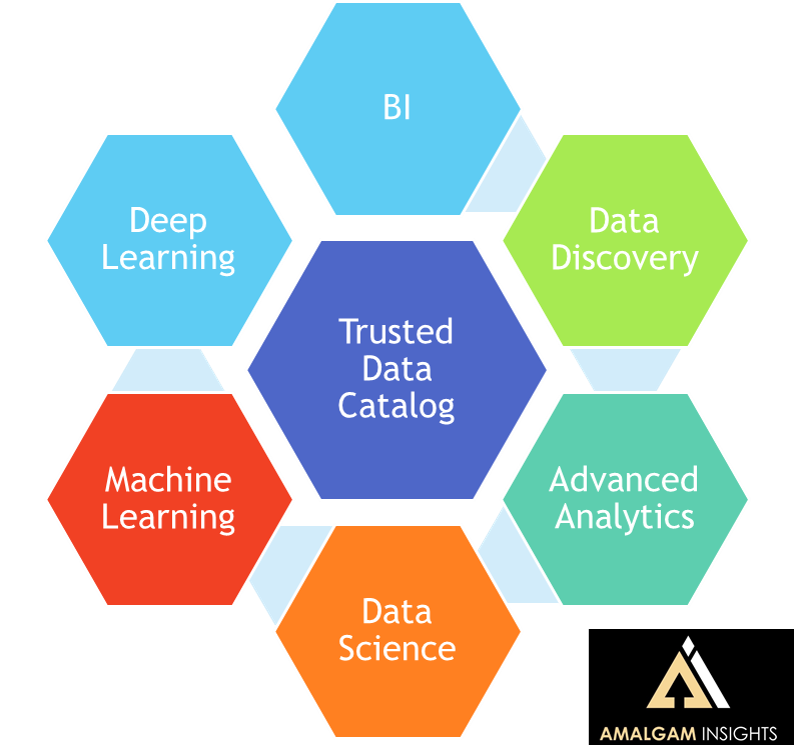(Note: This blog contains significant contributions from long-time software executive and Research Fellow Tom Petrocelli)
 On July 11, Broadcom ($AVGO) announced an agreement to purchase CA for $18.9 billion. If this acquisition goes through, this will be the third largest software acquisition of all time behind only Microsoft’s $26 billion acquisition of LinkedIn and Facebook’s $19 billion acquisition of WhatsApp. And, given CA’s focus, I would argue this is the largest enterprise software acquisition of all time, since a significant part of LinkedIn’s functionality is focused on the consumer level.
On July 11, Broadcom ($AVGO) announced an agreement to purchase CA for $18.9 billion. If this acquisition goes through, this will be the third largest software acquisition of all time behind only Microsoft’s $26 billion acquisition of LinkedIn and Facebook’s $19 billion acquisition of WhatsApp. And, given CA’s focus, I would argue this is the largest enterprise software acquisition of all time, since a significant part of LinkedIn’s functionality is focused on the consumer level.
But why did Broadcom make this bet? The early reviews have shown confusion with headlines such as:
Broadcom deal to buy CA makes little sense on the surface
4 Reasons Broadcom’s $18.9B CA Technologies Buy Makes No Sense
Broadcom Buys CA – Huh?
All of these articles basically hone in on the fact that Broadcom is a hardware company and CA is a software company, which leads to the conclusion that these two companies have nothing to do with each other. But to truly understand why Broadcom and CA can fit together, let’s look at the context.
In November 2017, Broadcom purchased Brocade for $5.5 billion to build out data center and networking markets. This acquisition expanded on Broadcom’s strengths in supporting mobile and connectivity use cases by extending Broadcom’s solution set beyond the chip and into actual connectivity.
Earlier this year, Broadcom had tried to purchase Qualcomm for over $100 billion. Given Broadcom’s lack of cash on hand, this would have been a debt-based purchase with the obvious goal of rolling up the chip market. When the United States blocked this acquisition in March, Broadcom was likely left with a whole lot of money ready to deploy that needed to be used or lost and no obvious target.
So, add these two together and Broadcom had both the cash to spend and a precedent for showing that it wanted to expand its value proposition beyond the chip and into larger integrated solutions for two little trends called “the cloud,” especially private cloud, and “the Internet of Things.”
Now, in that context, take a look at CA. CA’s bread and butter comes from its mainframe solutions, which make up over $2 billion in revenue per year. Mainframes are large computers that handle high-traffic and dedicated workloads and increasingly need to be connected to more data sources, “things,” and clients. Although CA’s mainframe business is a legacy business, that legacy is focused on some of the biggest enterprise computational processing needs in the world. Thus, this is an area that a chipmaker would be interested in supporting over time. The ability to potentially upsell or replace those workloads over time with Broadcom computing assets, either through custom mainframe processors or through private cloud data centers, could add some predictability to the otherwise cyclical world of hardware manufacturing. Grab enterprise computing workloads at the source and then custom build to their needs.
This means that there’s a potential hyperscale private cloud play here as well for Broadcom by bringing Broadcom’s data center networking business together with CA’s server management capabilities, which end up looking at technical monitoring issues both from a top-down and bottoms-up perspective.
CA also is strong in supporting mobile development, developer operations (DevOps), API management, IT Operations, and service level management in its enterprise solutions business, which earned $1.75 billion in annual revenue over the past year. On the mobile side, this means that CA is a core toolset for building, testing, and monitoring the mobile apps and Internet of Things applications that will be running through Broadcom’s chips. To optimize computing environments, especially in mobile and IoT edge environments where computing and storage resources are limited, applications need to optimized on available hardware. If Broadcom is going to take over the IoT chip market over time, the chips need to support relevant app workloads.
I would expect Broadcom to increase investment in CA’s Internet of Things & mobile app dev departments expand once Broadcom completes this transaction as well. Getting CA’s dev tools closer to silicon can only help performance and help Broadcom to provide out-of-the-box IoT solutions. This acquisition may even push Broadcom into the solutions and services market, which would blow the minds of hardware analysts and market observers but would also be a natural extension of Broadcom’s current acquistions to move through the computing value stack.
From a traditional OSI perspective, this acquisition feels odd because Broadcom is skipping multiple layers between its core chip competency and CA’s core competency. But the Brocade acquisition helps close the gaps even after spinning off Ruckus Wireless, Lumina SDN, and data center networking businesses. Broadcom is focused on processing and guiding workloads, not on transport and other non-core activities.
So, between mainframe, private cloud, mobile, and IoT markets, there are a number of adjacencies between Broadcom & CA. It will be challenging to knit together all of these pieces accretively. But because so much of CA’s software is focused on the monitoring, testing, and security of hardware and infrastructure, this acquisition isn’t quite as crazy as a variety of pundits seem to think. In addition, the relative consistency of CA’s software revenue compared to the highs and lows of chip building may also provide some benefits to Broadcom by providing predictable cash flow to manage debt payments and to fund the next acquisition that Hock Tan seeks to hunt down.
All this being said, this is still very much an acquisition out of left field. I’ll be fascinated in seeing how this transaction ends up. It is somewhat reminiscent of Oracle’s 2009 acquisition of Sun to bring hardware and software together. This does not necessarily create confidence in the acquisition, since hardware/software mergers have traditionally been tricky, but doesn’t disprove the synergies that do exist. In addition, Oracle’s move points out that Broadcom seems to have skipped a step of purchasing a relevant casing, device, or server company. Could this be a future acquisition to bolster existing investments and push further into the world of private cloud?
A key challenge and important point that my colleague Tom Petrocelli brings up is that CA and Broadcom sell to very different customers. Broadcom has been an OEM-based provider while CA sells directly to IT. As a result, Broadcom will need to be careful in maintaining CA’s IT-based direct and indirect sales channels and would be best served to keep CA’s go-to-market teams relatively intact.
Overall, the Broadcom acquisition of CA is a very complex puzzle with several potential options.
1. The diversification efforts will work to smooth out Broadcom’s revenue over time and provide more predictable revenues to support Broadcom’s continuing growth through acquisition. This will help their stock in the long run and provide financial benefit.
2. Broadcom will fully integrate the parts of CA that make the most sense for them to have, especially the mobile security and IoT product lines, and sell or spin off the rest to help pay for the acquisition. Although Brocade spinoffs occured prior to the acquisition, there are no forces that prevent Broadcom from spinning off non-core CA assets and products, especially those that are significantly outside the IoT and data center markets.
3. In a worst case scenario, Broadcom will try to impose its business structure on CA, screw up the integration, and kill a storied IT company over time through mismanagement. Note that Amalgam Insights does not recommend this option.
But there is some alignment here and it will be fascinating to see how Broadcom takes advantage of CA’s considerable IT monitoring capabilities, takes advantage of CA’s business to increase chip sales, and uses CA’s cash flow to continue Broadcom’s massive M&A efforts.









